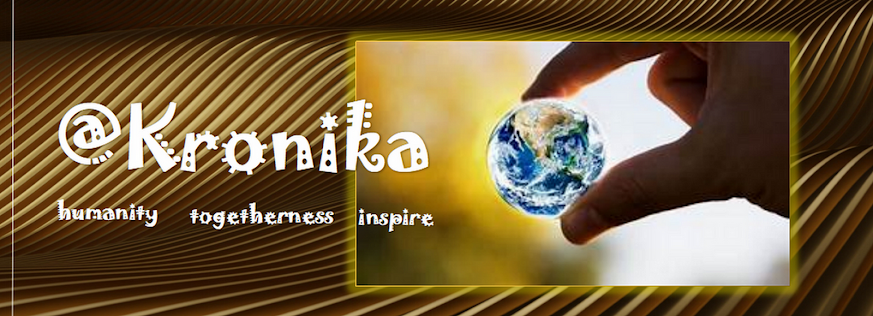Preparation of the site on a 100-meter-high hill began in 2006, and construction of the bronze statue began in 2008. Originally scheduled for completion in December 2009, the delay was extended to early 2010, and the official inauguration took place on April 4, 2010, Senegal's "National Day", commemorating 50 the year the country's independence from France. This is the tallest statue in Africa. The project drew significant criticism due to its cost.
The African Renaissance is the concept that the African people will overcome the current challenges facing the continent and achieve cultural, scientific and economic renewal. This concept was first expressed by Cheikh Anta Diop in a series of essays between 1946 and 1960, later collected in a book entitled Towards the African Renaissance. Diop's ideas were further popularized by former South African President Thabo Mbeki during his tenure as Vice President, during which the African Renaissance continues to play a key role in the post-apartheid intellectual agenda.
The African Renaissance was a philosophical and political movement to end the violence, elitism, corruption and poverty that was believed to plague the African continent, and replace it with a more just and equitable order. Mbeki proposes doing so primarily by encouraging education, and reversing the "brain drain" of African intellectuals. He also encouraged Africans to be proud of their heritage, and to take charge of their lives. For Noel Moukala, however, the African Renaissance could not exist without first achieving African Union.
As a student in Paris between 1946 and 1960, the Senegalese historian Cheikh Anta Diop wrote a series of essays charting the development of Africa. These essays were later collected in a book entitled Towards the African Renaissance: Essays in Culture and Development, 1946-1960.[3] Diop's work was later seen as a blueprint for former South African President Thabo Mbeki. While giving his famous "I Am an African" speech in Cape Town.
In April 1997, Mbeki articulated the elements that shaped the African Renaissance: social cohesion, democracy, rebuilding and economic growth, and the establishment of Africa as an important player in geopolitical affairs. Two months later, Vusi Maviembela, an adviser to Mbeki, wrote that the African Renaissance was the "third moment" in post-colonial Africa, following decolonization and the spread of democracy across the continent in the early 1990s. Vice President Mbeki codified his beliefs, and the reforms that would comprise them, in the "Statement of the African Renaissance" given August 13, 1998.
source : wikipwedia, africa-re, encyclopedia, diopaninstitute
In April 1997, Mbeki articulated the elements that shaped the African Renaissance: social cohesion, democracy, rebuilding and economic growth, and the establishment of Africa as an important player in geopolitical affairs. Two months later, Vusi Maviembela, an adviser to Mbeki, wrote that the African Renaissance was the "third moment" in post-colonial Africa, following decolonization and the spread of democracy across the continent in the early 1990s. Vice President Mbeki codified his beliefs, and the reforms that would comprise them, in the "Statement of the African Renaissance" given August 13, 1998.
source : wikipwedia, africa-re, encyclopedia, diopaninstitute
If you want the complete material @kronika, please click the link: https://medium.com/subscribe/@gofindtalent






No comments:
Post a Comment